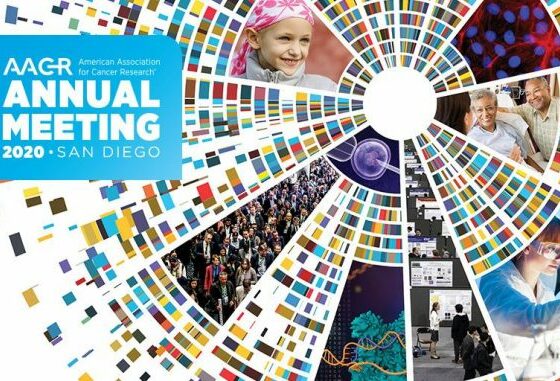Despite a positive trend toward equality in the past 3 decades, a substantial gendered difference is now persisting in oncology publications, favouring male first and last authors. “The academic medicine pipeline poses a significant challenge for workforce development, with disproportionately low female representation in high-ranking positions” wrote the authors – all women – of a paper recently published in Cancer, focusing their attention to gendered publication trends in oncology. “Scientific publications serve as an important metric of academic productivity and expertise, impacting promotion and tenure candidacy” they specify.
To reach their goals, authors performed a bibliometric analysis of 5 clinically oriented oncology journals (Annals of Surgical Oncology; Cancer; International Journal of Radiation Oncology, Biology, Physics; JAMA Oncology and Journal of Clinical Oncology), investigating authorship, both first and last names, of all articles (n=9189) published in these journals in 1990, 2000, 2010, and 2017. “Female representation increased among first and senior authors in oncology journals between 1990 and 2017” said first author Nicole H. Dalal, Duke University School of Medicine, Durham, North Carolina, and colleagues. But women are still a few steps behind. Female first authors represent 17.7% in 1990 and 36.6% in 2017, while senior female authors 11.7% in 1990 and 28.5% in 2017. The gender gap is also present in average citation count, which was higher for male compared to female first and senior authors and in the authorship for the 50 most cited articles per year (women first and senior authors were 26.5% and 19.9%, respectively). “Female first authors are equally likely to publish with female or male colleagues, while male senior authors more often collaborate with male first authors, suggesting a positive role played by female senior authors in mentoring or collaborating with other women academics” authors added in their discussion.
What’s behind this gender gap in oncology publications? “Many theories have been suggested regarding the cause of these inequalities, from a ‘leaky pipeline’ to women wanting to spend more time at home” Narjust Duma, MD, University of Wisconsin, Madison, wrote in a related editorial. According to the editorialist, the gendered trend observed in scientific publications reflects the increasing representation of women in oncology, but also the challenges that many women have to face in medicine, from gaps in salary to fewer career advancement and leadership opportunities. “Women in medicine still bear a significant childcare burden” Dalal and colleagues wrote. “Female oncologists were more likely than male oncologists to believe that their gender impacts their career, and our research suggests that this is for good reason given the current trends in academic oncology” they added.
At the end of the day, it appears that gender equality is still far from being achieved in oncology publications, but one thing is crystal clear to Narjust Duma: “fighting gender bias is not just a woman’s job”.












